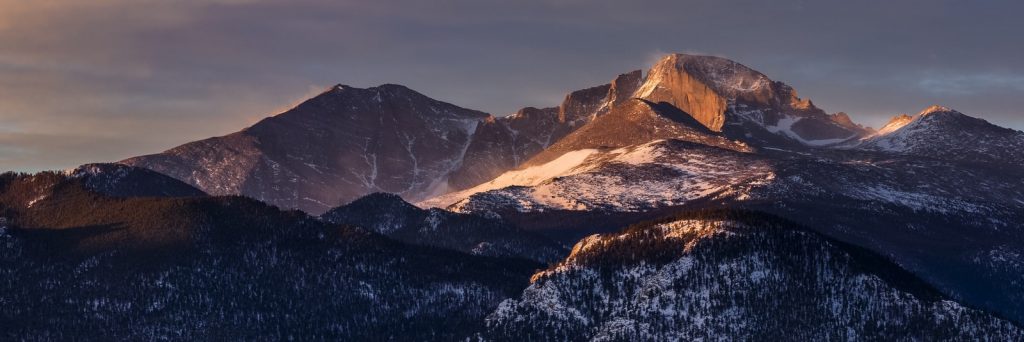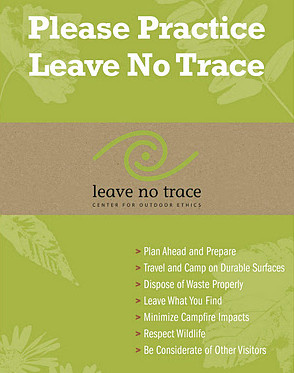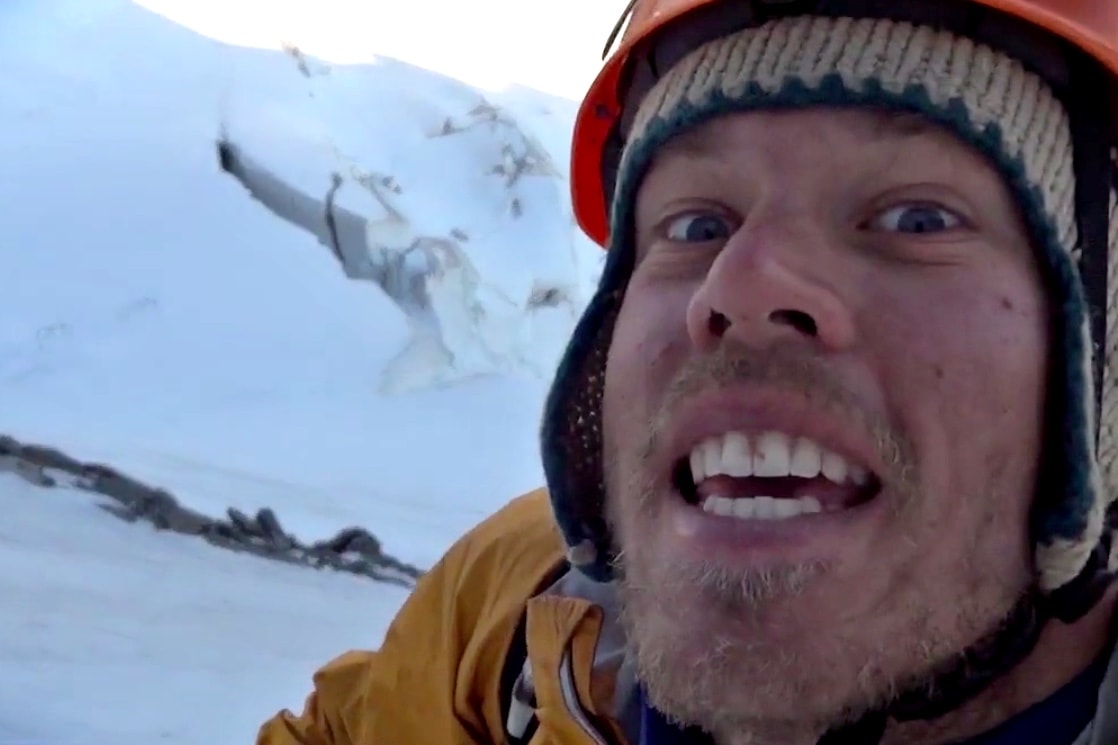Climbing News is a new series at Moja Gear where we bring you an assortment of stories within the community. We’ll explore what’s happening, where it’s going down, and why it’s important. Have other news to share? Leave it in the comments. Onward!
Story 1: Search called off for missing American alpine climbers
Utah climbers Kyle Dempster (shown in the video below) and Scott Adamson have been lost to the sands of time. Dempster and Adamson were attempting to climb the north face of Ogre II, a 23,000-foot peak in the Pakistani Karakoram, starting August 21st. They had attempted the peak before, returning with a chilling tale from the previous year.
Four days of heavy snows starting on the 23rd disrupted the climbers’ efforts. After missing their proposed return date, search efforts for the two men were organized and the climbing community rallied together to raise nearly $200k to fund the rescue. Unfortunately, the favorable weather window that allowed the search was shorter in duration than rescuers had hoped and it was subsequently called off.
Black Diamond shared the news via Facebook, explaining:
Early on Saturday, September 3rd, two Pakistani military helicopters left Skardu in clear weather. They landed at basecamp on the Choktoi Glacier and picked up climber Thomas Huber (Austria) who would assist as an observer/spotter. An exhaustive and close-proximity initial search of the north face of the Ogre 2 (where Kyle and Scott were last seen on August 22), the northeast ridge (their planned descent route), and the glacial basin between the Ogre 2 and Ogre 1, yielded no sign of the pair. After refueling, the two helicopters made a second sweep of all sides of the mountain, from an even higher altitude, and again found no sign of Kyle and Scott. In light of those extensive yet unsuccessful efforts, the search team and knowledgeable observers in Pakistan, the US, and Europe, assessed that there remained a very slim chance that any evidence of their passage would be revealed in subsequent sweeps of the mountain.
Given the time that has elapsed and the nearly continuous stormy weather since they were last seen, and the substantial risks that such high-altitude missions entail, Kyle and Scott’s families have made the extremely difficult decision to end the search efforts.
To learn more about Kyle and Scott, take a peek at some of these videos:
- Desert Ice (Scott)
- A Question of Risk (Kyle)
- Santeria First Ascent (Scott)
Additional thoughts
I recently wrote a dedication to a climber I knew who passed away in late July. I truly dislike redistributing my own ideas, but I believe the thoughts I expressed then can also be applied to these current events. Perhaps they can be applied at any time of loss. So here they are:
I try not to think about my own death for obvious reasons. But sometimes I do. What comforts me is the knowledge that when I die, my entire constitution, body and mind, will dissolve back into its source. My physical self will no longer exist, but my consciousness – every thought, every memory, every emotion, every idea I ever had – will spread outward, absorbed by the universe. I don’t know what Kyle and Scott believed. I didn’t know them. But perhaps they also possessed a cosmic perspective that kept their minds at ease. Made them fearless. I can’t know the truth of this, but I can hope. To their families and friends who love them and are now suffering, consider that Kyle and Scott now exist in a space that’s all around us. Remember that, maybe, they’re not really gone.
Story 2: Anton Krupicka & Stefan Griebel destroy the Longs Peak Triathlon
On August 16th, 2016, Boulder-based endurance athletes Anton Krupicka and Stefan Griebel completed the Longs Peak Triathlon (LPT). Unsupported. In 9 hours 6 minutes.
Let us put this in perspective. The LPT consists of the following:
- Leave from the north end of Boulder, CO, by bike.
- Travel north to the town of Lyons, up through the South St. Vrain Canyon, and along the Peak to Peak Highway to the Longs Peak Trailhead. 40 miles total.
- Run 5 miles uphill to the base of The Diamond, the iconic east face of Longs Peak.
- Climb one of the routes up The Diamond. In this case, the guys chose the classic Casual Route, 5.10a.
- After topping out the route and summiting Longs Peak, run back down to the trailhead.
- Return to the starting point in North Boulder by bike.
Krupicka and Griebel, who have been climbing together in the alpine all summer, decided to complete the LPT unsupported. That means no gear stashes, no friends planted along the route with supplies, nothing. They brought everything they would need with them. One rope, two lightweight harnesses, a few cams and quickdraws each, a handful of slings and Micro Traxions, one belay device, and water. Needless to say, the two men set themselves up for speed–and speed they achieved, completing the entire feat in a record-setting time of 9:06.

Longs Peak | Bryce Bradford via Flickr Creative Commons
Krupicka documents the triathlon from start to finish in this great blog post on The Ultimate Direction’s website. Besides the fascinating trip report, Krupicka also provides some wisdom picked up from the Tony Robbins documentary I Am Not Your Guru–namely, that one of the keys to happiness is continual progression. “It seems that if growth and progression are ignored in certain contexts,” Krupicka writes, “it’s too easy to become comfortable—stagnant—in the status quo, and one day wake up and wonder why you’re so uninspired and even unhappy.”
Additional thoughts
Stagnancy is one of the great killers of inspiration. It manifests in feelings of dissatisfaction, boredom, anxiety, and other stresses. Distracted by these secondary feelings, it’s difficult for us to recognize their source. The only way to break the cycle of stagnancy is to act–go on that bouldering trip to Europe; tour the country on your bike; go skydiving.
When you act upon achieving your goals, happiness follows. You’ll feel the buzz. “It’s the kind of buzz that, for me, I’ve come to realize is at least partly a result of working towards things that initially seem out of reach, maybe even impossible,” says Krupicka. “But, through focused preparation and a stepwise process of intermediate goals, the resolution on that seemingly lofty objective gradually sharpens and suddenly the dream is doable.”
Story 3: Rocky Mountain Rendezvous—conserve your local climbing areas!
Note: The specific event posted in this section pertains to the Front Range region of Colorado, but the message applies to climbing communities around the country.
On September 11th, 2016, the Boulder Climbing Community hosts the Rocky Mountain Rendezvous, a day of stewardship in Rocky Mountain National Park. Led by professional trail builders, a crew of volunteers will work to mitigate the development of social trails in the Chaos Canyon and Emerald Lake bouldering areas of RMNP. If you’re a local boulderer on the Front Range, please consider volunteering your time to conserving the natural beauty of one of the country’s most beloved climbing areas. Not only does this event help to sustain a fragile environment, but it may also help maintain positive relations with Park authorities.
Additional thoughts
Rocky Mountain National Park is a perfect microcosm of American bouldering. Perfect rock. Enough of it to last you a lifetime. Pristine trails and easy access. No bureaucratic regulations obstructing climbing access. In many ways, it’s easy to see how lucky we are to climb there. But that doesn’t mean it will stay like this forever.
 I’ve been bouldering in RMNP for ten years. During that time, I’ve seen the bouldering population explode. More and more people come every year, and understandably so. But with that increase in use comes an equal increase in impact. As frequent users of a National Park–an area that is reserved for public use–we must be able to put ourselves in the shoes of the rangers. Are we actively conserving the areas we impact? Are we practicing Leave No Trace ethics? Or, do we appear entitled, destructive, and careless?
I’ve been bouldering in RMNP for ten years. During that time, I’ve seen the bouldering population explode. More and more people come every year, and understandably so. But with that increase in use comes an equal increase in impact. As frequent users of a National Park–an area that is reserved for public use–we must be able to put ourselves in the shoes of the rangers. Are we actively conserving the areas we impact? Are we practicing Leave No Trace ethics? Or, do we appear entitled, destructive, and careless?
No matter how you personally answer these questions, the negative actions of the few will always outweigh the positive actions of the many. The same goes for any other public climbing area in the country. What’s the solution? Act en masse; demonstrate that we take our sport seriously, that we’re willing to work to conserve the areas we love. We must work now, or it will eventually be too late.
Looking for ways to pitch in? Join The Access Fund to learn about how you can help save climbing areas throughout the country.
Want more climbing content? Get our awesome climbing newsletter, delivered weekly.
Explore more
- Our 30+ most popular articles ever
- Does Running Benefit Climbing?
- 25 Books Every Climber Should Read
- Check out 200+ Climbing Videos
- Best New Climbing Gear: Highlights from the 2016 Outdoor Retailer Trade Show
- Haywire: Cheyne Lempe & David Allfrey on Baffin Island’s Big Walls (video)
- Get daily updates by Liking us on Facebook
- Free rock climbing PDFs on technique, training, knots, and more








